cat nasal polyp sound
Nasal discharge resulting from a bacterial infection usually occurs in both nostrils and has a pus-like consistency and appearance. The discharge may be clear or have some blood in it.

Visiting Vet Snuffles The Martha S Vineyard Times
These signs usually indicate a transient viral infection that will resolve within a week or 10 days.

. A polyp starts growing in the middle ear cavity and with time ruptures the eardrum and then continues to grow into the ear canal. The main symptom of nasopharyngeal polyps involves breathing. Nasal Polyps A few weeks ago I was scheduled to perform a euthanasia on a feral cat that concerned neighbor was bringing in.
Common symptoms of nasal polyps in cats may include the following. Neuropathic Pain in Dogs and Cats. Nasopharygeal polyps often present as a persistent snoring sound in cats.
These include sneezing nasal discharge sometimes reverse sneezing a startling honking sound thats basically a reflex caused by the cat trying to clear the throat. It is a low-pitched snoring type of sound that usually arises from the vibration of fluid or the vibration of tissue that is relaxed or flabby. If this occurs the cat develops nasal discharge and sneezing.
Oral Squamous Cell Carcinoma in Dogs. If this occurs the cat develops nasal discharge and sneezing. If your cat has yellow green or pus-like discharge coming.
Weight loss Refusal to drink or eat Swallowing difficulties Ear infection The odor from the ear Nystagmus Ear scratching Balance problems Head shaking Head tilt Nasal discharge Noisy breathing Changes in meow Difficulty breathing. The polyps obstruct the passage of air so affected cats usually develop a distinctive snorting sound as they breathe. Some cats may have nasal discharge can be clear or thick yellow snotty looking.
The polyps obstruct the passage of air so affected cats usually develop a distinctive snorting sound as they breathe. Secondary bacterial infections can develop due to the blockage and accumulation of secretions. Nasopharyngeal polyps impact your cats breathing.
These polyps are composed mostly of inflammatory cells covered by a layer of epithelial cells modified skin cells that extend over the surface of the polyp. What does a cat with nasal polyps sound like. CT scans of the nasal polyp red arrow after 2 years.
It usually arises from airway blockage in the throat pharynx. King L G St Louis Saunders pp 310-316. Do polyps hurt cats.
Nasal Squamous Cell Carcinoma in Cats. In some cases these signs may be accompanied by a phenomenon called reverse sneezinga sudden alarming honking sound that the frustrated cat makes in an apparent effort to clear its throat. The vet said the possibility of nasal polyps is possible but highly unlikely due to his age at only 5 months old.
Holt D E 2004 Nasopharynngeal polyps. Secondary bacterial infections can develop due to the blockage and accumulation of secretions. Nasal polyps are most frequently observed in young cats.
Ear polyps are usually found in the younger cats whereas malignant tumors are more common in older cats. If this occurs the cat develops nasal discharge and sneezing. Older cats however may also be affected.
She said it could be a congenital abnormality or a mechanical obstruction whatever that is. Kopatkin A S Mathiesen D T Noon K E et al 1990 Results of surgery and long-term follow-up in 31 cats with nasopharyngeal polyps. The type of polyp that occurs in the ears and nose of a cat is an inflammatory polyp- this means it is composed mainly of fibrous tissue and inflammatory cells.
Wheezing sneezing teary eyes nasal discharge and the sound of labored breathing are among the clear indications that a cat is experiencing an upper respiratory disorder of one kind or another. Some inflammatory polyps will grow through the Eustachian tube auditory tube and appear as a mass in the. When she arrived she told me that the cat had belonged to a man who had lived near her but he had died and his family members had decided that the best thing to do with his cats was to kick them outside and move away.
In cats most commonly these are benign nasopharyngeal polyps. Other sources of information. If youve been reading this blog for awhile youll no doubt recall that over the months weve been trying to get to the bottom of and treat the cause of Rockets chronic nasal congestionOur most recent efforts included working with a veterinary homeopath out of Denver.
Nasopharyngeal polyps Any tumor growing in the back of the throat can lead to increased respiratory noise. Chronic nasal congestion could point to a nasal polyp in cats. Where a polyp is nasopharyngeal so not in the ear but at the back of the throat above the soft palate the cat normally shows more respiratory-type signs.
JAAHA 26 4 387-392 VetMedResource. The higher-pitched sounds result when relatively rigid tissues vibrate with the passage of air. Naso-pharyngeal polyps are the most common masses that are seen in the external ear canal in cats.
The polyps obstruct the passage of air so affected cats usually develop a distinctive snorting sound as they breathe. Polyps may be up to 1-2 cm in length extending into the nasal passages or the ear canal. Occasionally we see some other signs like.
Its been a rough week for Rocket. Secondary bacterial infections can develop due to the blockage and accumulation of secretions. The polyps obstruct the passage of air so affected cats usually develop a distinctive snorting sound as they breathe.
She suggested a CT scan for and to see a specialist to come up with a plan which involves lotsa. Bacterial infections usually occur because of an underlying condition such as a viral infection a tumor or polyp in the nasal passage or a foreign body lodged in your cats nose. They are benign growths.
A nasopharyngeal inflammatory polyp in a cat. Parasites Unwelcome parasite infections like feline heartworms and lungworms can wreak havoc on the lungs resulting in breathing abnormalities. Stridor is high-pitched noisy breathing.
Textbook of Respiratory diseases in the Dog and Cat. Labored and noisy breathing nasal discharge head shaking sneezing difficulty in swallowingall of these clinical signs suggest that a cat is harboring an upper respiratory problem. Unilateral frontal sinus discharges asterisks severe destruction in septa of frontal sinus yellow arrow and.
Nasal polyps are most frequently observed in young cats.
Antelope Animal Hospital Nasopharyngeal Polyp

Nasal Nose Flush In A Cat Youtube

Cat Snoring Reasons And Treatment Options Vet Advice
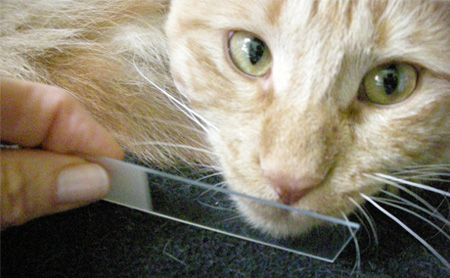
A Rundown On Runny Noses A Sniff Of What You Should Know About Chronic Feline Sneezers And Snufflers
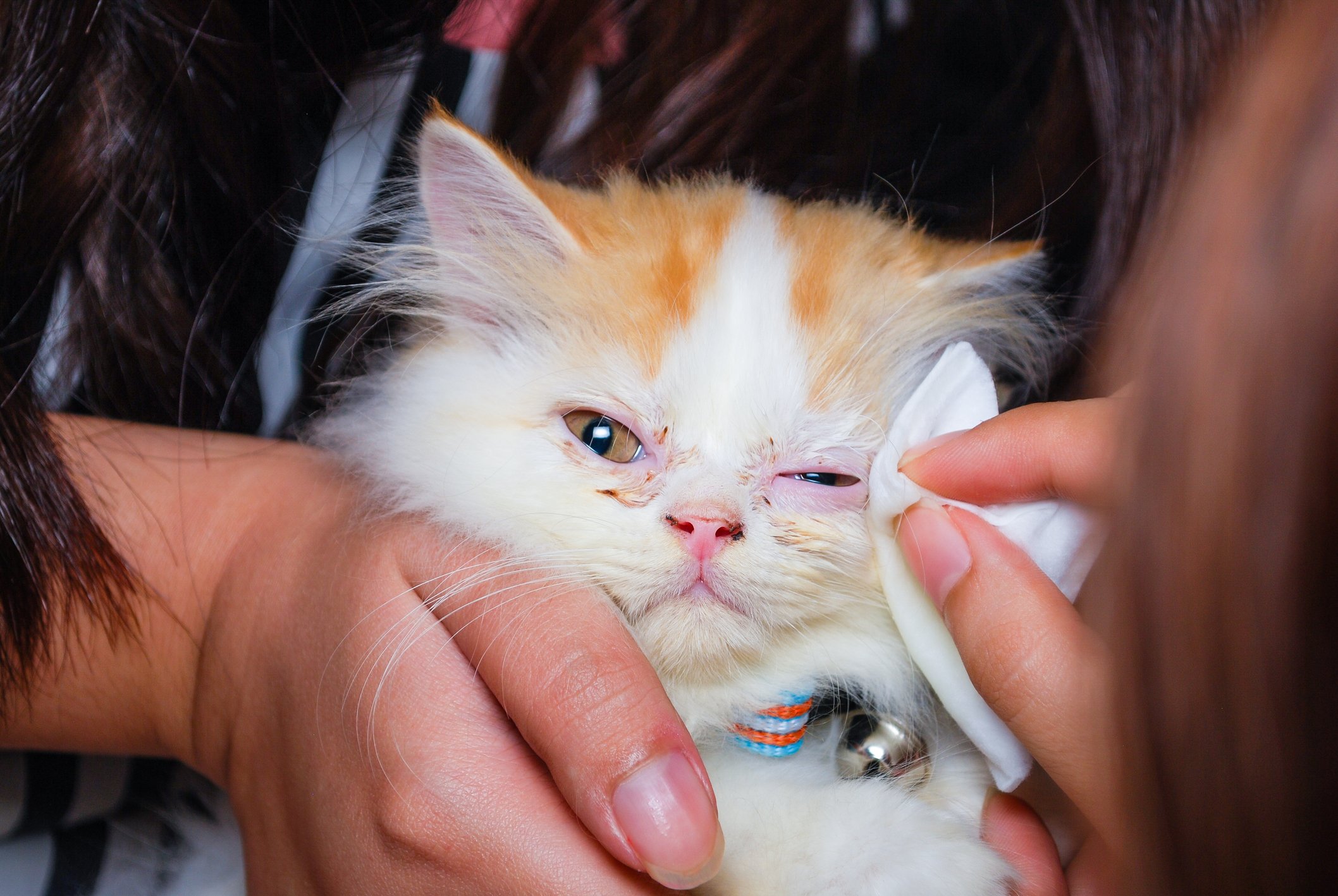
Chronic Rhinosinusitis In Cats Tufts Catnip
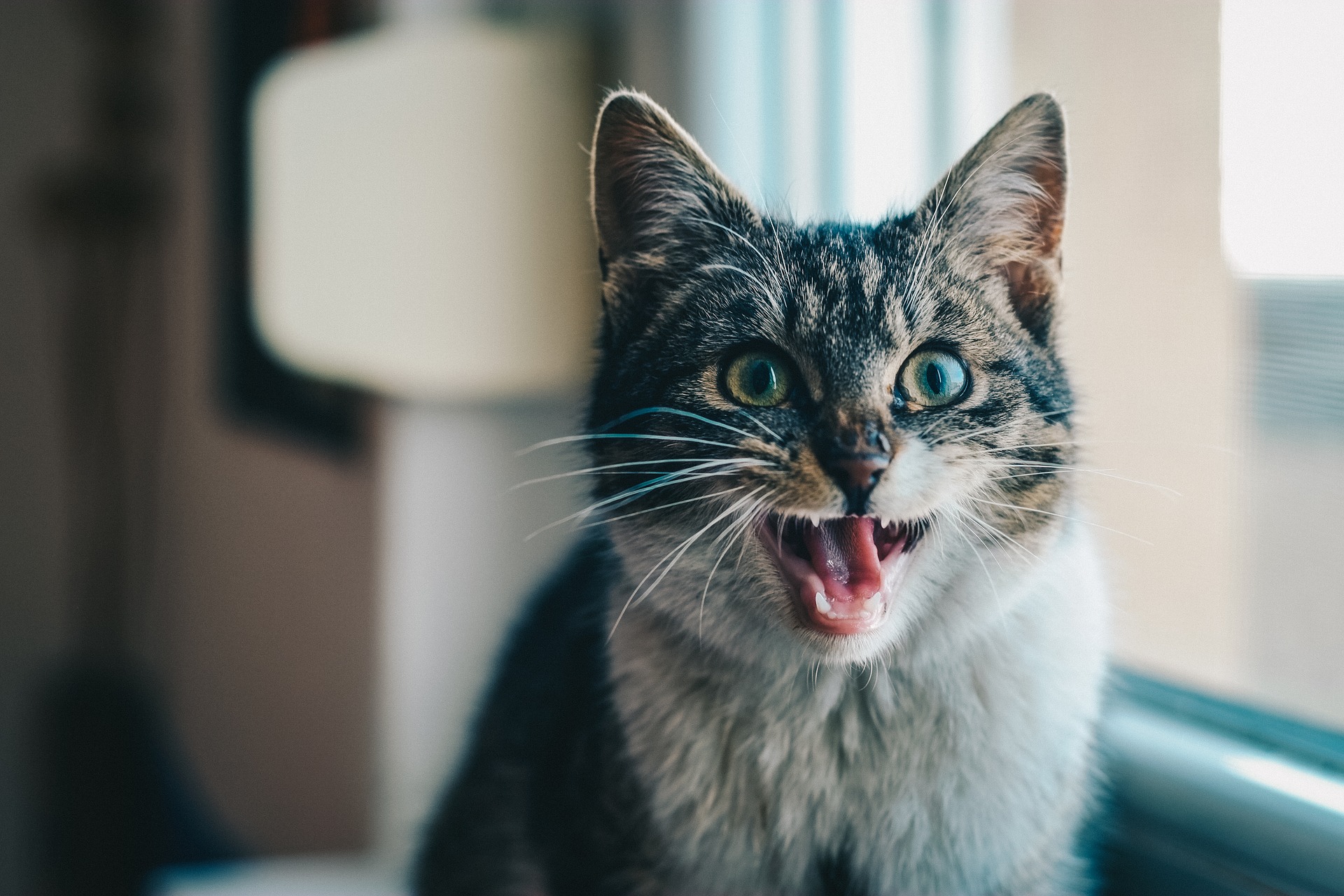
What Are Polyps And How Are They Treated In Cats Vet Help Direct

Sniffly Sneezy Snuffler Cats Grand Avenue Veterinary Center

Cat Sinus Infection Home Remedies

Nasopharyngeal Polyps In Cats Vetgirl Veterinary Continuing Education Videos
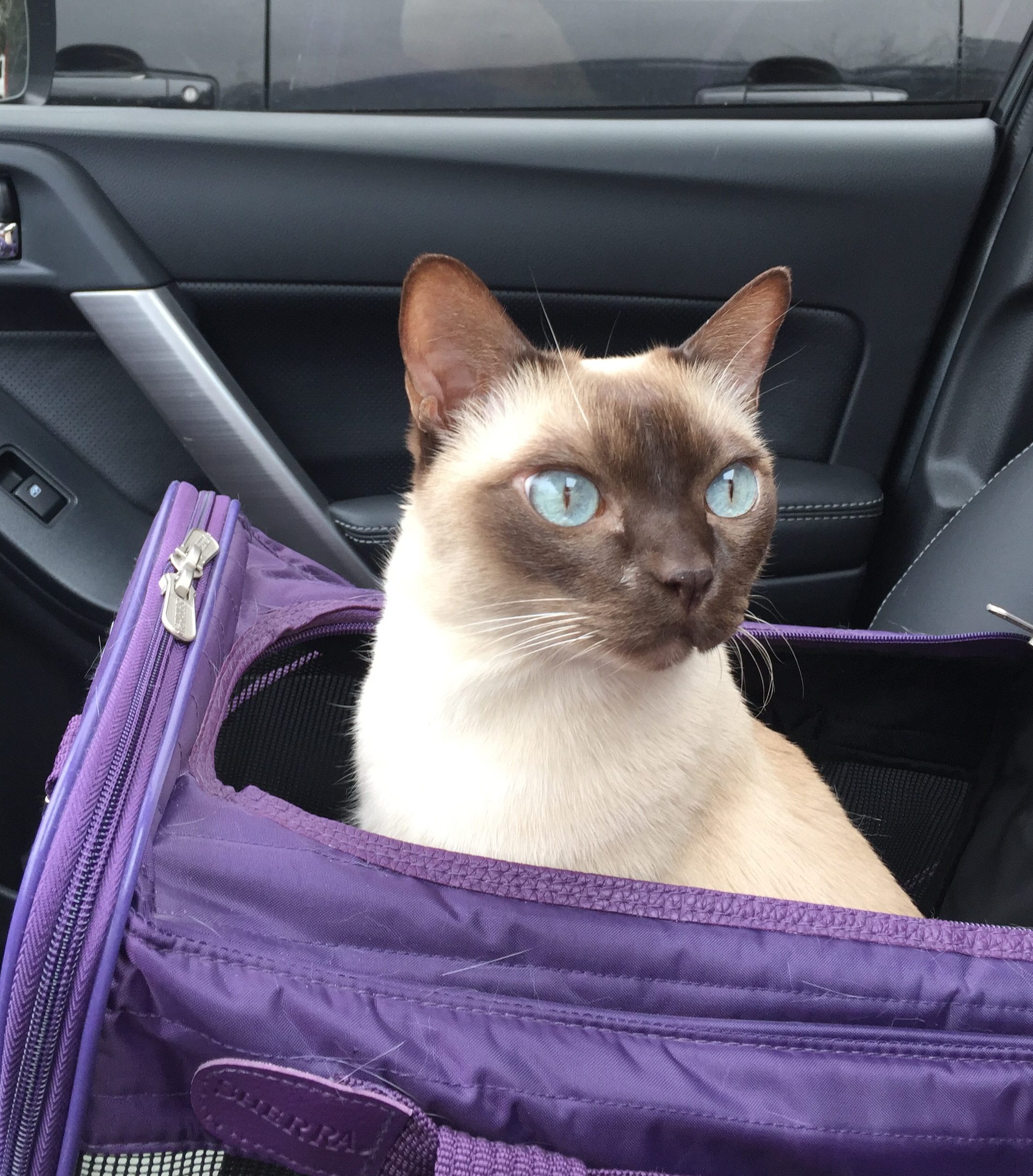
Following A Different Path Purrrfectly Holistic A Boutique For Cats Purrrfectly Holistic A Boutique For Cats

Nasopharyngeal Polyp In A Cat Removal Cost And Veterinary Advice Youtube
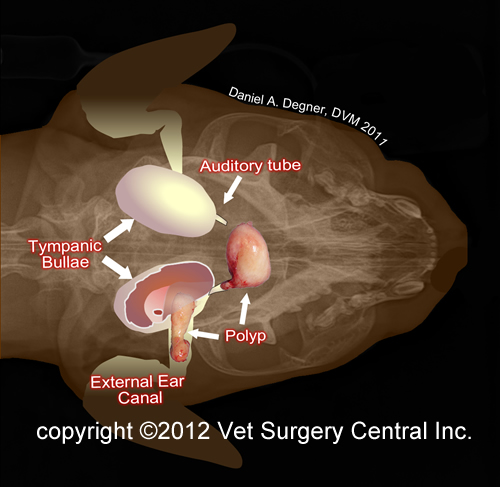
Animal Surgical Center Of Michigan Veterinarian In Flint Mi

Edie And Her Nasopharyngeal Polyp Removal See How What This Looks Like And How Big They Can Get Youtube

Symptoms Cat Clinic Of Issaquah

Cat Owners Beware Of Polyps The River Reporter
Nasopharyngeal Polyps A Tricky Airway Problem In Cats Criticalcaredvm
Help I Think My Cat Has A Nasal Polyp He Has Been Getting Treated For An Uri But Nothing Has Been Helping Did Some Research And Looked Up His Nose And Saw

I Think My Older 16 Year Old Cat Has A Nasal Polyp He Is The Love Of My Life He Has What Look To Be A Pink Swollen
